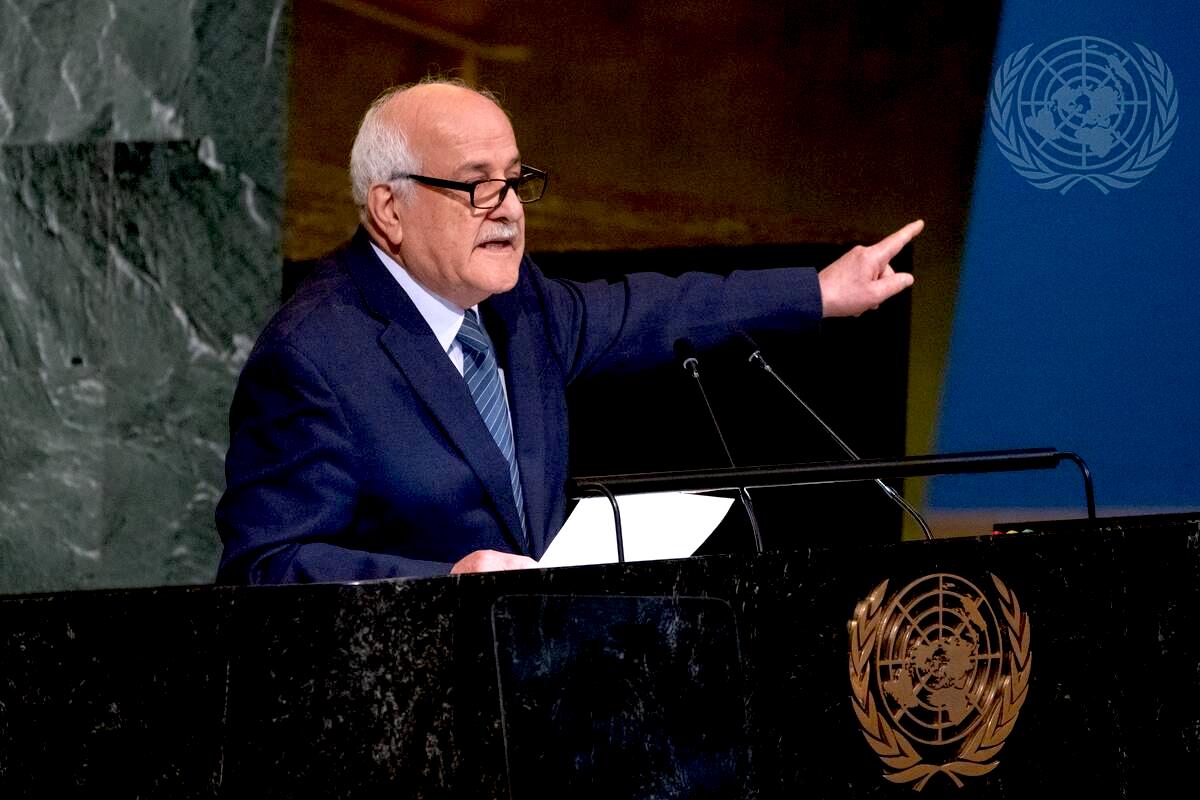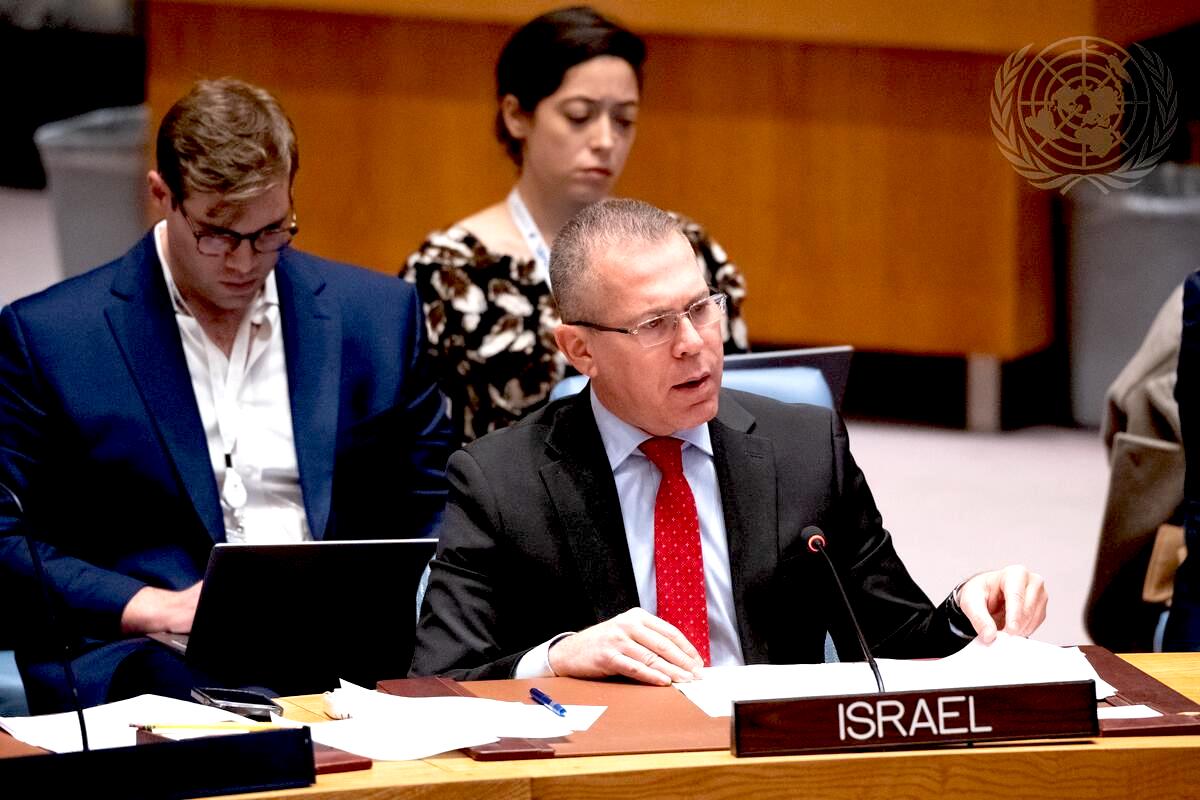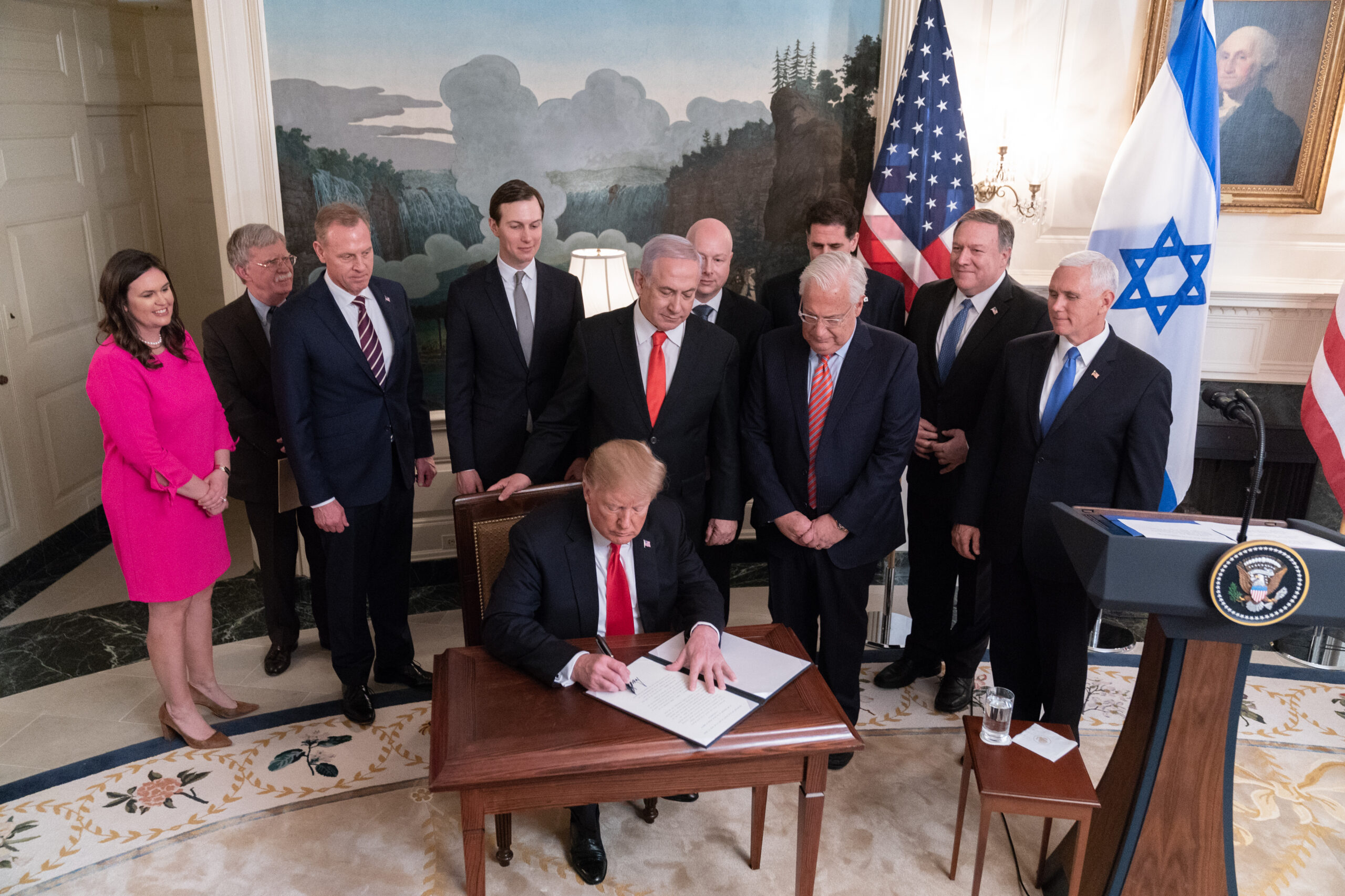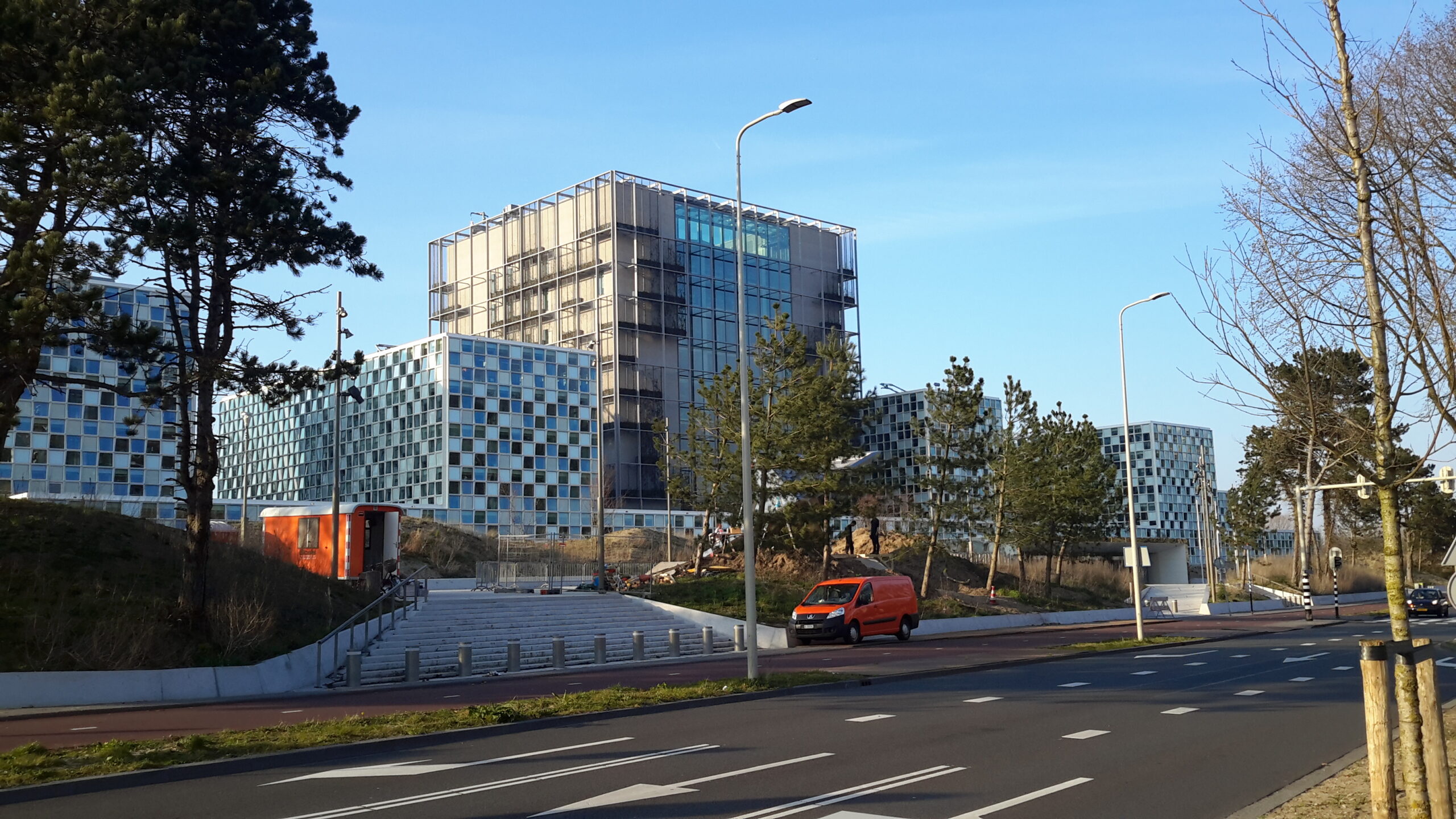Despite fears that the youth voter turnout would fail to measure up to election trends in years past, young voters turned out in historic numbers for the 2022 midterms. As these new voters claim their power, they bring with them critical lessons for those who care about our increasingly fragile democracy.
Voters in this emerging generation are differentiating themselves in unprecedented ways — and donors, campaigns, organizations, pollsters, and consultants need to keep up. Not only do we need to be investing as early as now in the 2024 youth vote, we need to pay close attention and shape better strategies to reach them.
The youth vote can no longer be an afterthought.
One thing that differentiates this new electorate is their faith in the power of democratic institutions, including our elections.
Despite incessant attacks on the functioning of our democracy, young voters are more optimistic about its legitimacy and the future of the country overall than older votes. This is a hopeful generation that believes in our democracy and in change, and it is a positive sign for their civic engagement as voters and leaders.
Early post-election data quashes stereotypes that youth voters are apathetic, ambivalent, or cynical. Perhaps their optimism is rooted in the trust they have in their generation’s ability to make a difference. At its core, democracy functions for the will of the people, so not only do young people believe in the power of democracy, they are dedicated to making it work for each and every one of us.
It is clear that young people are tired of politics as usual. Young people are also more likely to identify as independent, or with neither majority party. This is a generation deeply in touch with their values. They want to see bold action taken on the issues impacting their communities, but they don’t see traditional political parties as the vehicle to do that.
In 2022, data shows that unlike inflation for every other age group, access to abortion was young people’s top concern, and it had the biggest impact on their likelihood of voting. Candidates’ innovative policy solutions on these issues, experiences, and qualifications will likely continue to guide young people’s votes more than party identification.
We need candidates willing to connect with voters beyond the traditional party apparatus if they want to bring these passionate young voters into their campaigns. Party leadership on both sides of the aisle should be wary of taking these new voters for granted.
Even with their faith in democracy and deep concern for issues, young people are often rightfully skeptical of a political system that seems broken, a system that both remains unresponsive to their concerns and unwelcoming of their participation. Silencing young voters in particular poses huge risks to our democracy, to progress, and to the lives of young people, especially young people of color. Various voter suppression tactics are sure to continue to surge in the coming years.
We must invest in the youth vote and we have to start today. We should put their issues front and center: fight against voter suppression and for pro-voter policies, and fund year-round voter registration, education and mobilization efforts. Every day, roughly 11,000 young people in the U.S. turn 18 and become eligible to vote. Between today and the 2024 Presidential election, approximately 8 million more young people will be able to vote.
Any party, campaign, donor, or organization failing to organize young people is already behind.
The stakes for our democracy are too high to ignore the power of this rising electorate. To leverage this moment is to support young people’s political power and the ways they are disrupting traditional election turnout.
2024 starts now.
Carolyn DeWitt is president and executive director of Rock the Vote, a national organization focused on building long-term political power for this country’s youth generation.










